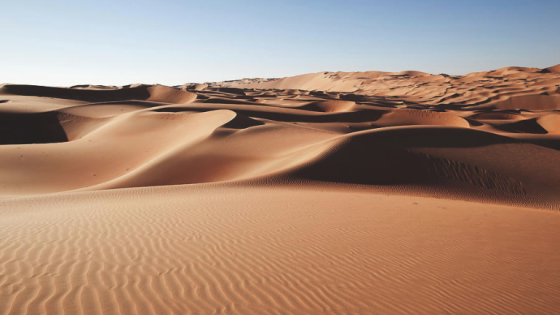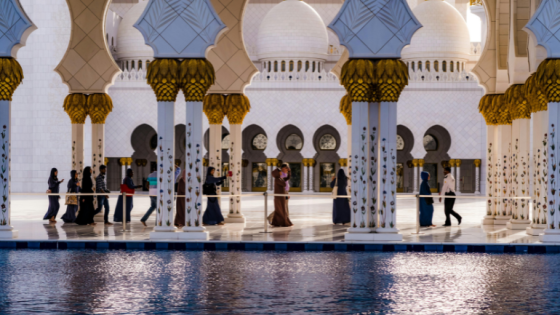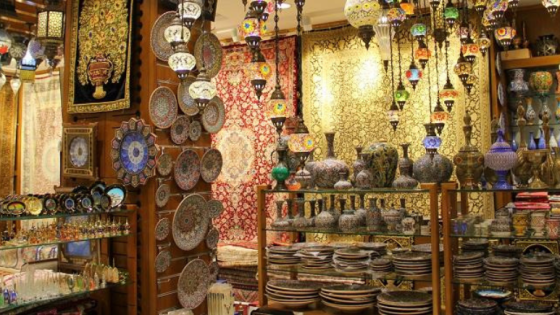Contents
UAE sand dunes on a Desert Safari are an incredible experience. If you are looking for a thrill, dune bashing in Dubai is a great way to explore the vast sands and have some fun. Drifting over Dubai’s soft dunes remains at the top of most travelers’ bucket lists because it truly is a thrilling experience.
To enhance the experience, there are numerous dune-bashing locations nearby, as well as camel rides, dinner in a Bedouin-style camp, henna hand painting, and belly dancing. There are numerous desert safari companies to choose from, but we highly recommend this desert dune tour.
UAE Sand Dunes
The sand dunes of the UAE are almost otherworldly in their beauty. A smooth sand blanket that ruffles out as far as the eye can see. It basks at night under star-studded skies. During the day, there is plenty of sunlight and blue skies.
These seemingly identical dunes, stretching as far as the eye can see, are as familiar to city dwellers as streets are to them. Although high winds can blow the sand around, he says the terrain never loses its familiarity.
Sand dunes in Abu Dhabi
Sand dunes are near Abu Dhabi, truly in the middle of nowhere. It’s a two-hour drive south and west from downtown Abu Dhabi, passing through the small city of Zayed, and then another hour south until the road reaches its final mile before being swallowed up by sand.
To accommodate visitors, Almazrouei has established Liwa Nights, an elegant tented desert camp that sprawls across a gentle slope on the outskirts of the Empty Quarter, with the support of his father, Ibrahim Almazrouei.
Read more: UAE Mangrove Forests
Abu Dhabi Fossil Dunes
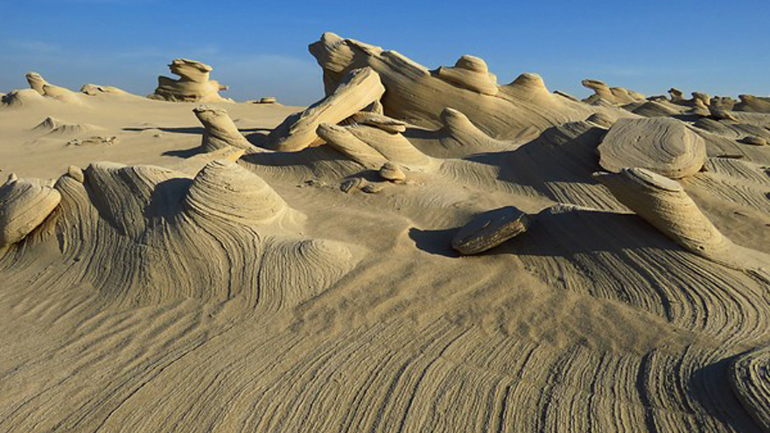
Fossil Dunes of Abu Dhabi A beautiful frozen landscape created by climate change, where you can take a break from contemplating the vast emptiness and adjust to the muffled silence of being so far from civilization, and a good night’s sleep is a strong possibility. When you’re inside your tent, you’re in luxury, but when you step outside, you’re in the sand desert. Where the tents are adorned with luxurious amenities.
Take a look at: Dubai budget travel tips
Dune in Liwa Desert, Abu Dhabi
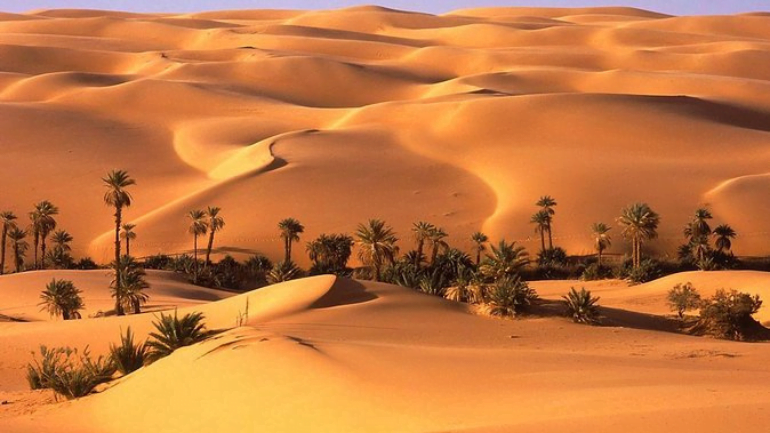
According to the Abu Dhabi Department of Culture and Tourism, there is a place for food and entertainment in Liwa Dune, and Almazrouei has built a more permanent structure nearby. It has a dining room, bar, indoor and outdoor seating, and a souvenir shop, and is designed to look like a traditional Middle Eastern house from the 1800s.
On warm nights, it’s the ideal place to gather for a cool drink and tales of the UAE desert, illuminated by fairy lights or a flickering campfire fanned by refreshing breezes. During the day, it serves as a hub for activities such as camel treks, falconry, and dune bashing 4×4 drives.
The cooler months of October to March are ideal for a visit to Liwa Oasis. The restaurant is closed during the summer because it is too hot. Temperatures are said to drop only in late August, when a bright star known as Sulhail appears over the southern horizon. Over the dunes, the opulent Qasr Al Sarab Desert Resort offers a year-round brick, and mortar option.
Read more: Best Dubai Brunch Places
Moreeb Dune
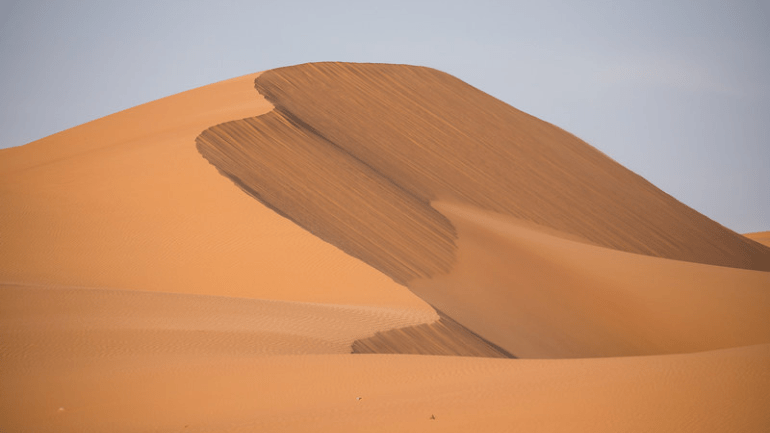
Moreeb Dune, one of the world’s largest sand dunes, is nicknamed “Scary Mountain” due to its steep slope and sharp incline. Located about 155 miles south-central of Abu Dhabi in the Arabian desert. Because of the steep slope that makes climbing difficult, locals gave the massive sand hill its nickname among sand dunes in the UAE.
It is the country’s largest sand hill and one of the largest in the world. Moreeb is a whopping 5,250 feet long, 984 feet tall, and has a 50-degree slope. Because of the steep incline, the area is ideal for the organized dune races that take place throughout the year. Every February, it also hosts a massive hill climbing competition.
Read more: UAE Natural Landmarks
Dubai sand dunes
Dubai sand dunes are sized sand dune located in proximity a 45-minute drive from Dubai City. Big Red is so named because it is a massive dune and the sand in this area is a deep red color. It is well-known for bashing dunes sport, which involves driving at varying speeds over sand dunes.
As the sand surface shifts, navigating the terrain requires a special skill and a special type of vehicle, usually a sports utility vehicle (SUV). Expect to come to a halt to let the air out of your tires, as lowering the pressure gives the vehicle more traction against moving sand.
Typically, these Dubai desert dune tour experiences begin with a pick-up from your hotel or homestay, followed by a 45-minute to an hour-long drive out to a sparse desert landscape devoid of city noises and towering buildings to obstruct your view.
Take a look at: Heritage UAE
Dune Bashing Part in Dubai
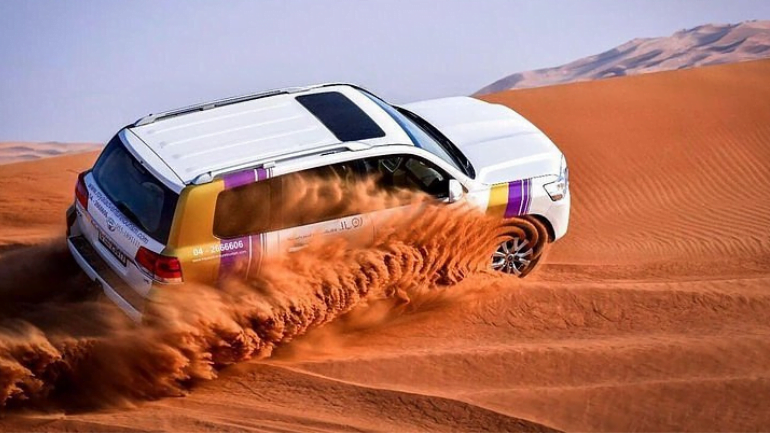
The dune-bashing portion of the trip lasts about an hour and is a bumpy and thrilling ride. The vehicles travel in convoy and stay close together. You will enjoy the slipping and sliding, skidding and spinning, all punctuated by sporadic seat-gripping and varying decibel levels of screaming and shouting. And sand, oh, so much sand.
Read more: UAE Geological Heritage Sites
Popular Spots for Dune Bashing in Dubai
These are the best places to go dune bashing on your own, rather than with a tour, as follows:
Bidayer
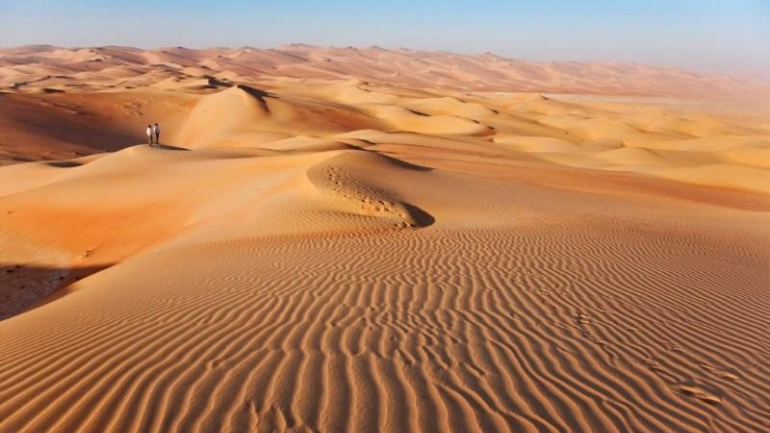
The most popular spot for Dubai dune bashing is known as ‘Big Red’ for its red sand, and the dunes are easy for beginners and less skilled drivers. It is approximately 45 minutes from the center of Dubai.
Sweihan
This location necessitates more technical experience due to the presence of large dunes. It is not advised if you do not know what you are doing.
Liwa Desert
The Arabian Peninsula’s largest desert and the most difficult place for dune bashing. The majority of the dune-bashing stunt festivals take place here, and this is where the professionals congregate.
Read more: UAE Coastal Geography
Dubai Desert Safari Tour
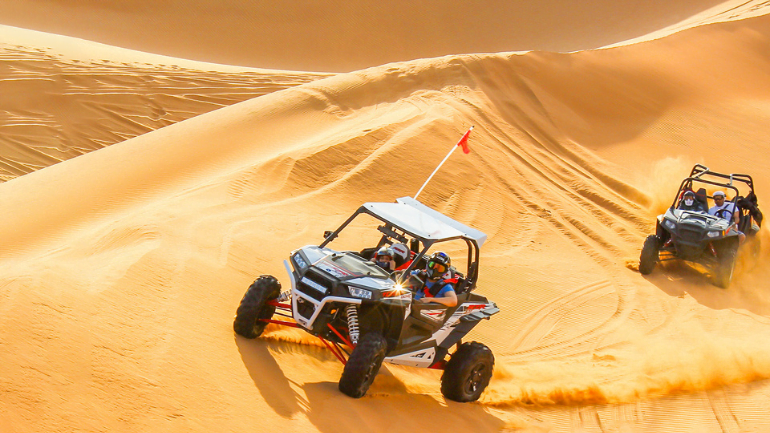
The Dubai desert safari tour includes a visit to a Bedouin-style camp, where the Middle-Eastern-influenced dinner menu includes a variety of meats, salads, and desserts. Camel riding, henna painting, shisha smoking, and belly dancing are often optional additions to the evening’s activities.
If you visit during the winter, bring a light jersey or scarf for the evenings, as it can get quite chilly. After the sun goes down, it can get a little chilly in the evenings.
Read more: UAE Karst Topography
What is the famous dune in Dubai?
The Big Red Sand Dune is a dune located 50 kilometers from Dubai and provides an excellent opportunity to try exciting sand sports such as sandboarding and quad biking. The location is a natural 300-foot-high sand dune that is a well-kept secret among Dubai’s adventure enthusiasts.
How big are sand dunes in the UAE?
Moreeb Hill is the tallest dune in the UAE and one of the world’s largest hill climbs. Moreeb Dune is one of the world’s tallest sand dunes. The dune stretches for 1600 meters.
Are there sand dunes near Dubai?
The desert dominates the landscape of the United Arab Emirates, and many of Dubai’s best outdoor offerings, set among the rolling sand dunes, can be combined into a single tour.
Are there sand dunes in the UAE?
Tel Moreeb, located in Abu Dhabi’s majestic Al Dhafra region, is widely regarded as the world’s tallest sand dune, standing over 300 meters tall and with a 50-degree incline, making it a popular destination for motorsports enthusiasts.
When you visit the beautiful land escapes of Dubai and Abu Dhabi, you can participate in a variety of daring activities at the UAE Sand Dunes. One of the most popular activities is dune bashing, which you should definitely consider. It is an unforgettable experience. Checking that off in your options list is one of the best feelings we hope you will have as well.
